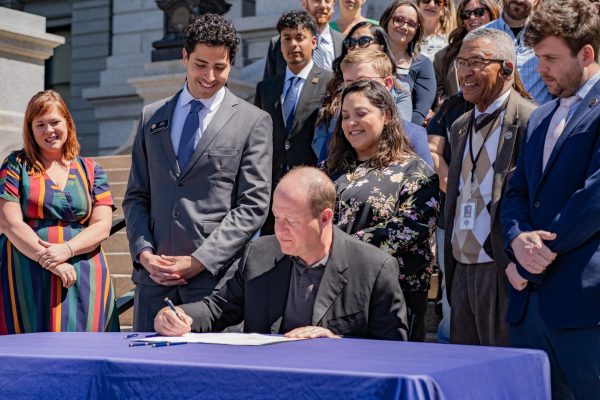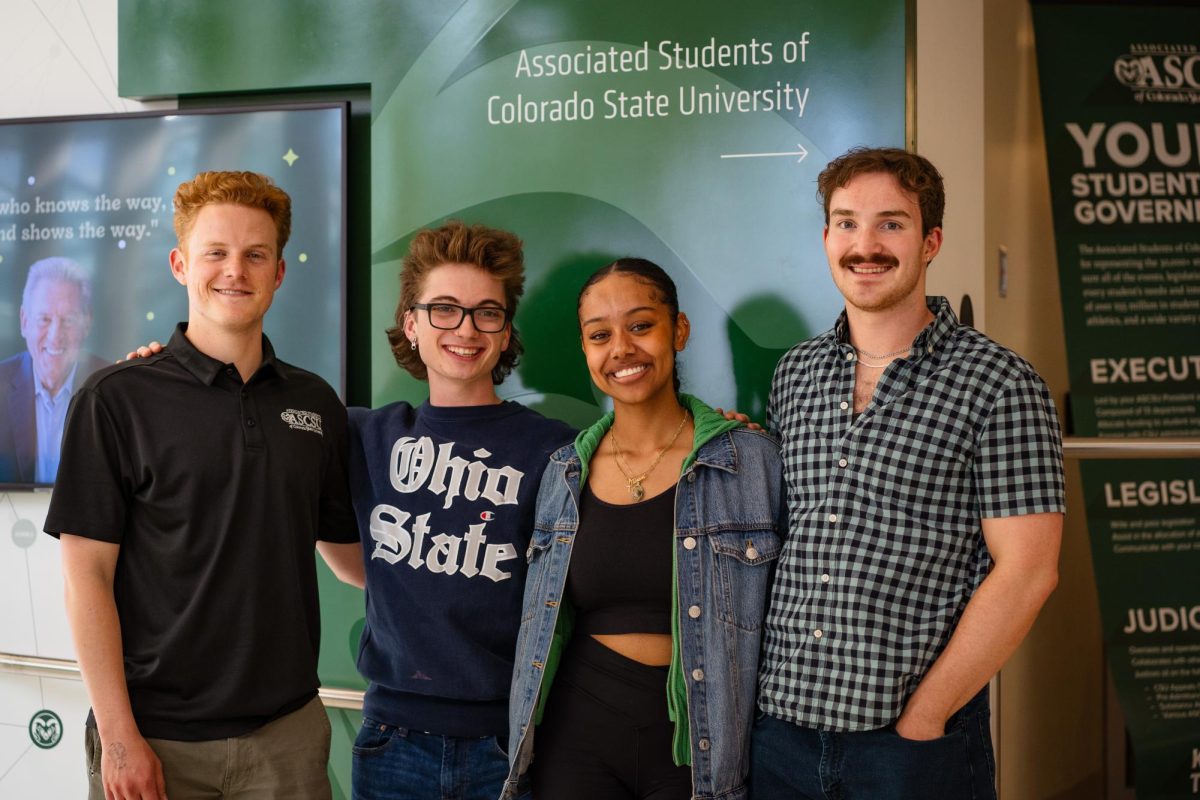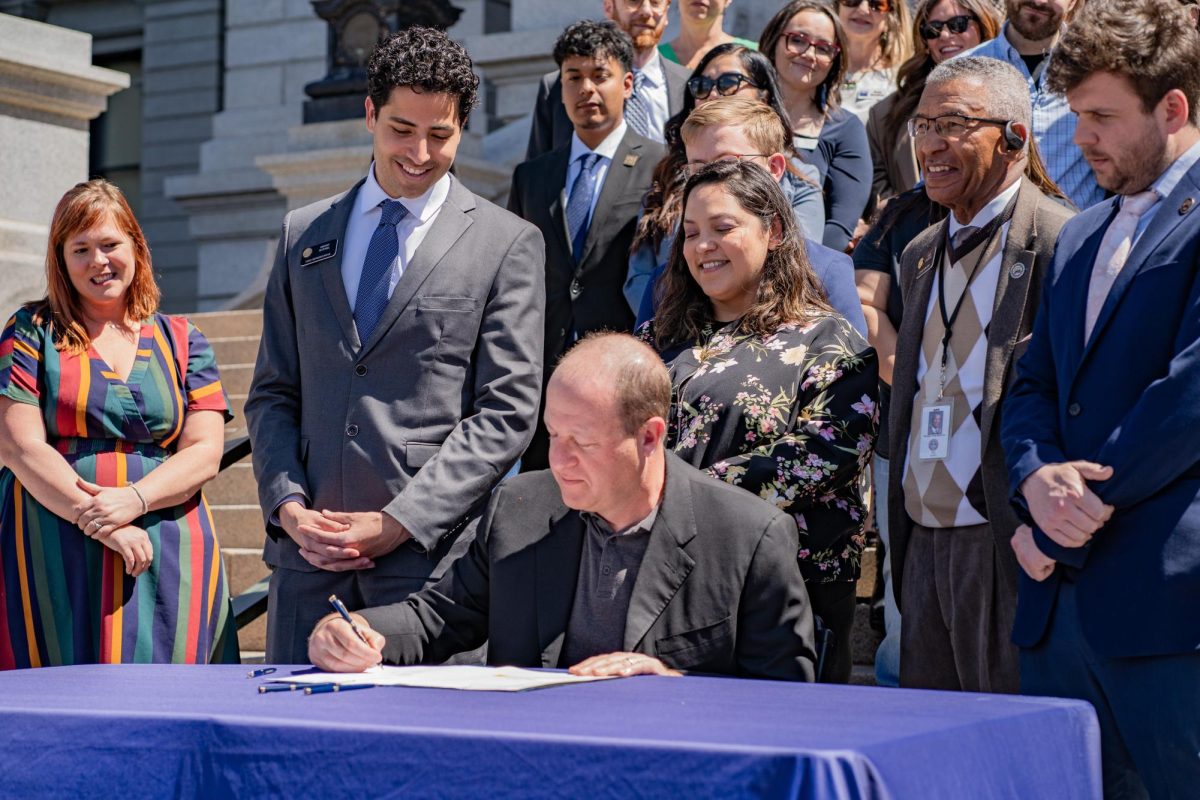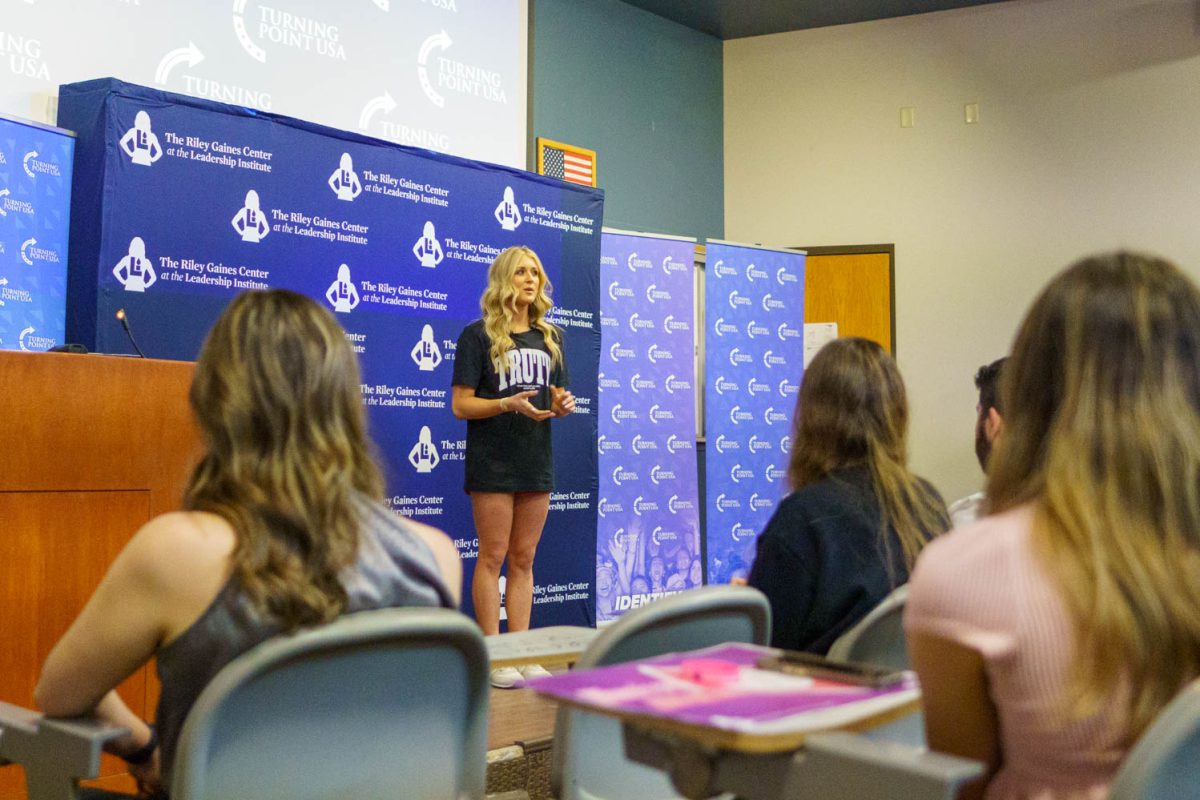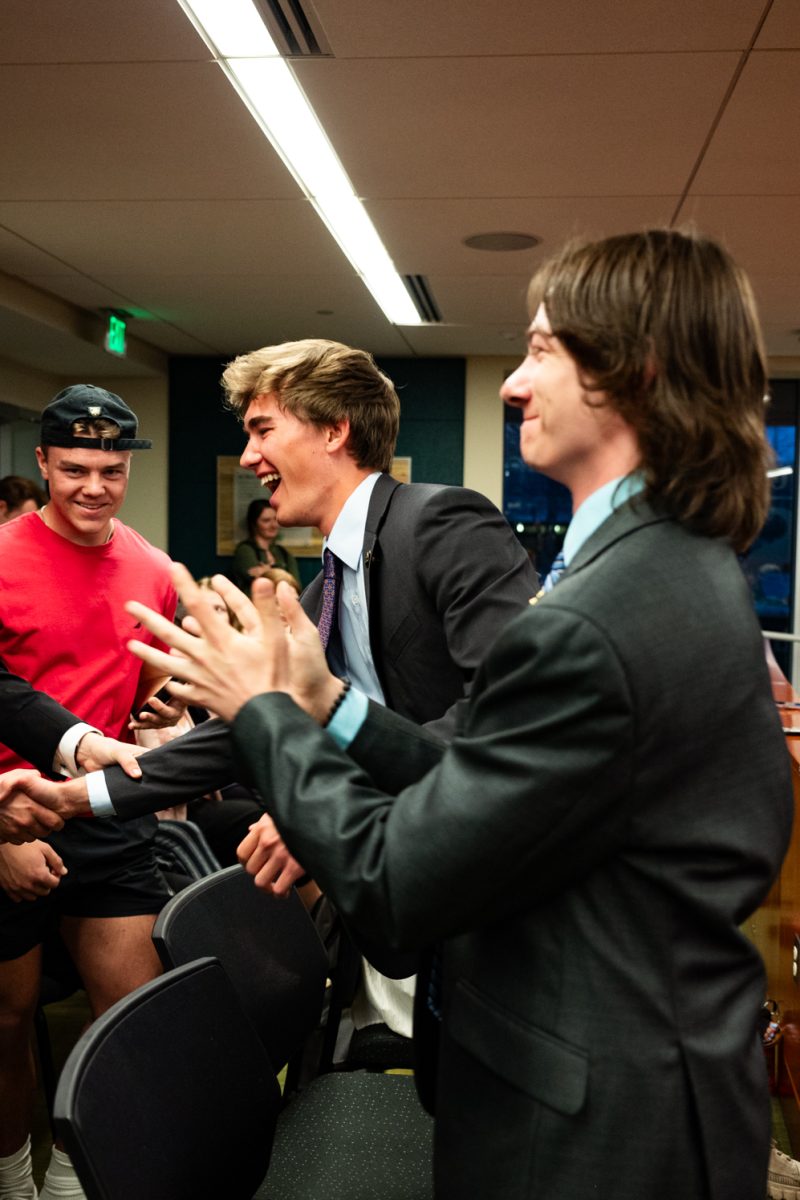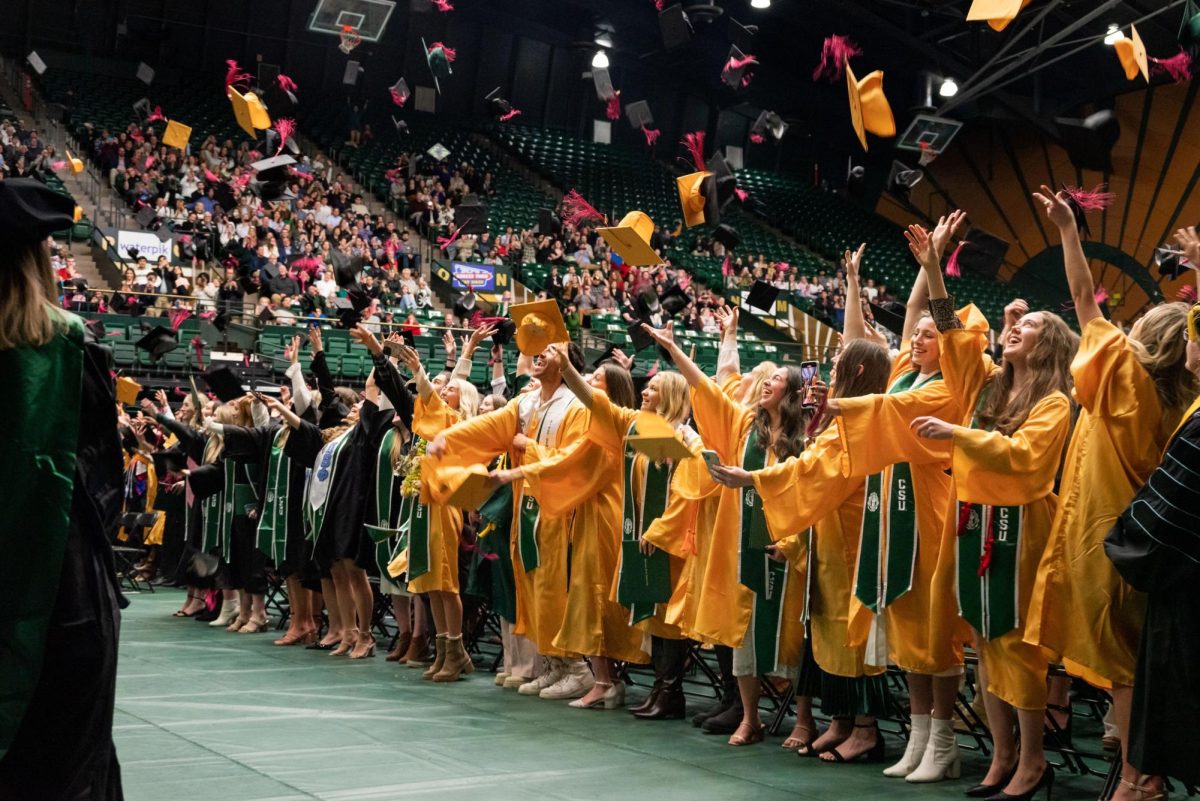
Putting out foot long sparks at half a million volts, Little Shop of Physics‘ largest Tesla coil is a main attraction for its open house Feb. 24 from 10 a.m. to 4 p.m. in the Lory Student Center.
While the half-million volt Tesla coil is safe, if the electricity emitted came into direct contact with skin, it could cause burns and is potentially lethal. For this reason, the demonstration is only shown once a year, and children are kept at a safe distance.
Ad
“In the early days of Little Shop of Physics, we did stuff that was bigger and scarier, we were more comfortable with that,” said Brian Jones, the founder of LSOP. “As time went on the worry wasn’t trying to impress but trying to engage, so we moved away from bigger presentations.”
The Tesla coil was built by Dave Moss, an undergraduate student, in the early years of LSOP, according to Jones. Moss expressed interest in building a Tesla coil to Jones, who instantly agreed. Moss built the Tesla coil and left a legacy behind with LSOP.
“If you have a cool thing you want to try, we’re the kind of organization that says, ‘Sure, let’s try it out,'” Jones said. “And, then you leave something behind. The Tesla coil has probably been seen by 20,000 people. It’s neat for students to have that kind of legacy.”
The Tesla coil operates on an alternating current system, which is currently the predominate power system used. In the 20th century, there were two systems of current: the direct current system, invented by Thomas Edison, and the alternating current system, invented by Nikola Tesla. The direct current system, although safe, was not very efficient, and the alternating current system was efficient but potentially lethal.

By increasing the frequency of the electricity from 1/60th of a second to 1/10,000th of a second, the alternating current system became safer, because the frequency is too fast to disrupt cell processes. The alternating current system also allows electricity to be transferred through air, or wirelessly.
“The wireless transfer of electricity is a technology people probably have at home, like a wireless charger for a phone,” said Kenneth Lonnquist, an assistant lab coordinator in the Physics department. “It’s the same thing, except it charges a battery.”
Electricity from a wall outlet is first put into the Tesla coil contraption, and the electricity runs through a transformer. In this particular Tesla coil, 120 volts of input increases to 14,000 volts through a changing magnetic field that pushed on electrons.
“It’s just a matter of how many electrons the magnetic field pushes,” Lonnquist said. “Making a field with a short magnetic field pushes the electrons more, and the ‘pushes’ are added together.”
The electricity than gets built up and discharged in a capacitor. While getting discharged, a big spark is thrown in a spark gap. With periodic metal nuts on a rotating disk, the sparks are thrown periodically, allowing for better control of the voltage output.
Ad
Once a spark is thrown through the spark plug, the electricity goes through a couple more transformers in the form of a large coil and a small coil, where the electricity is emitted through a dome at the top.
“The coolest part of (the Tesla coil) is that it sends electricity through the air so you can safely light a lightbulb and transfer electricity through you,” said Adam Pearlstein, the assistant coordinator for LSOP. “It blows my mind. I understand the physics behind it, but there’s a part of me that thinks ‘that’s not right.'”
Collegian reporter Julia Trowbridge can be reached at news@collegian.com or on Twitter @chapin_jules.



